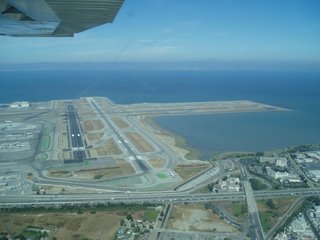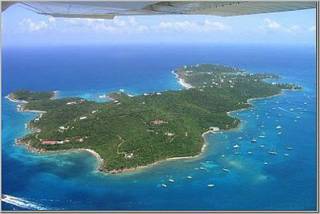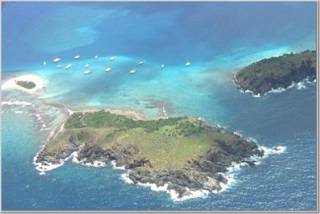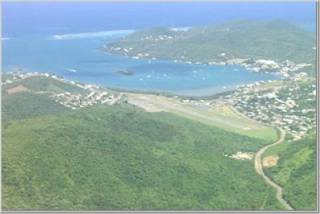Checking out app
App check out
About Flying and other stuff
 Ruth and I went on 2 week trip to Belize recently. It was a wonderful trip. We did a lot of scuba diving and plenty of laying in hammocks doing nothing.
Ruth and I went on 2 week trip to Belize recently. It was a wonderful trip. We did a lot of scuba diving and plenty of laying in hammocks doing nothing. The interesting feature of the airports there is the runway. Most of the airports have a narrow paved road that serves as the runway. In Placencia, the runway cuts across the main road. There's a stop sign on the road that advises vehicular traffic to stop, look around for landing and departing aircraft and proceed! Here's a picture of the aircraft lining up for takeoff from Dangriga.
The interesting feature of the airports there is the runway. Most of the airports have a narrow paved road that serves as the runway. In Placencia, the runway cuts across the main road. There's a stop sign on the road that advises vehicular traffic to stop, look around for landing and departing aircraft and proceed! Here's a picture of the aircraft lining up for takeoff from Dangriga.One of many small islands along the coast. This one was visible as we took off from the municipal airport in Belize city.
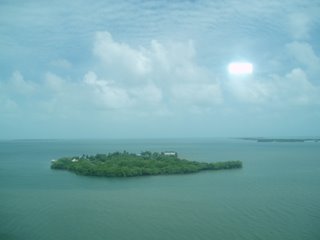

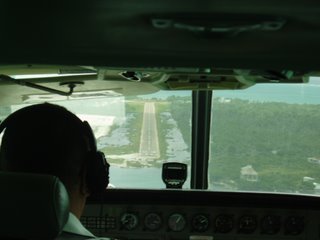
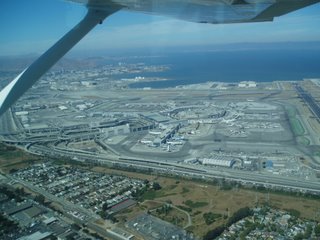 I took Ruth and Esther on a bay tour. It was the first time I flew out of San Carlos and with WFVC. I flew up the bayshore freeway, right past SFO and over the san bruno hill to SF. From SQL, the tower handed me off to SFO tower that cleared by through Bravo space at 1500'. It was neat flying so low and close to a major airport. I've been told that in some cases they let you fly right over the SFO runways.
I took Ruth and Esther on a bay tour. It was the first time I flew out of San Carlos and with WFVC. I flew up the bayshore freeway, right past SFO and over the san bruno hill to SF. From SQL, the tower handed me off to SFO tower that cleared by through Bravo space at 1500'. It was neat flying so low and close to a major airport. I've been told that in some cases they let you fly right over the SFO runways.